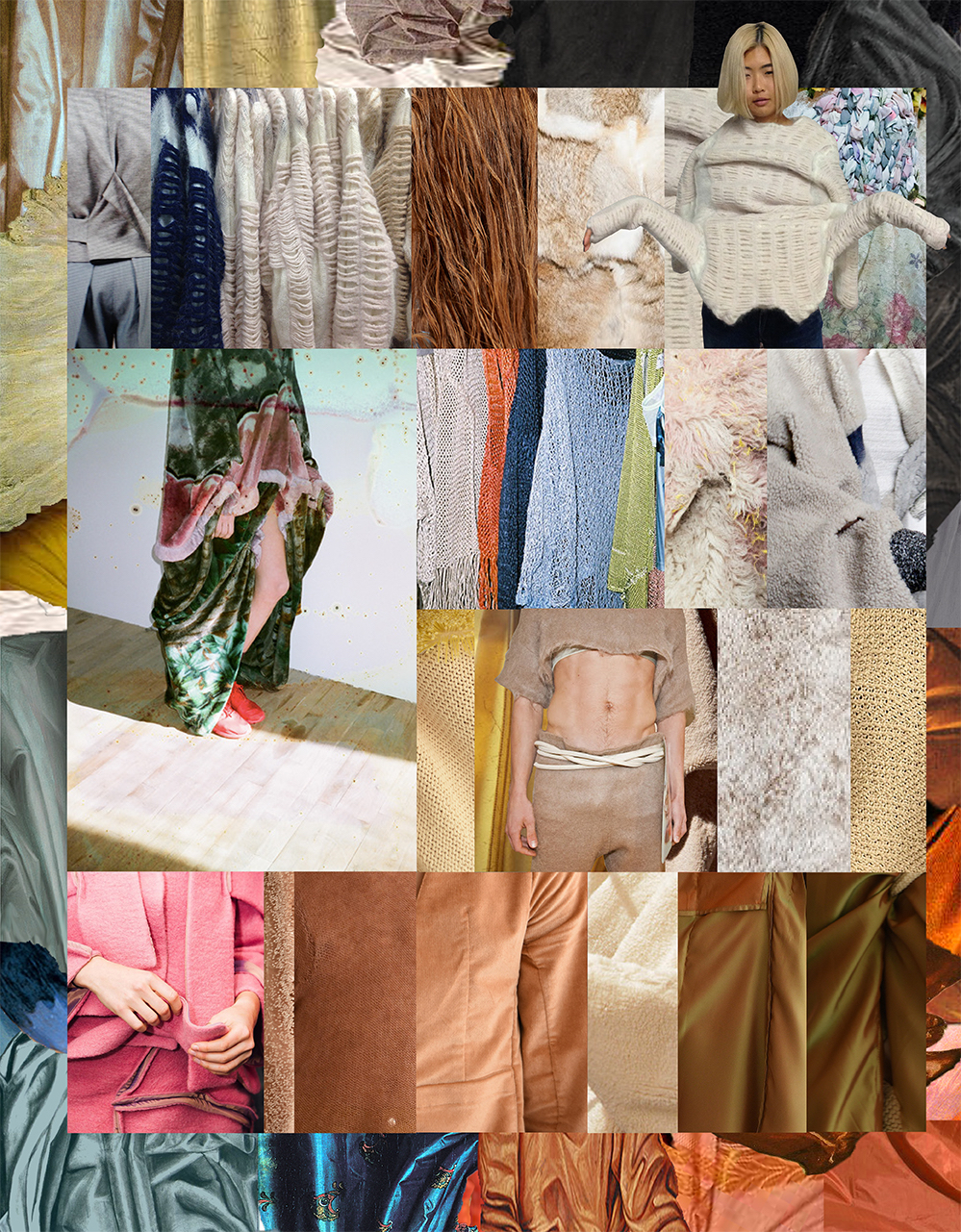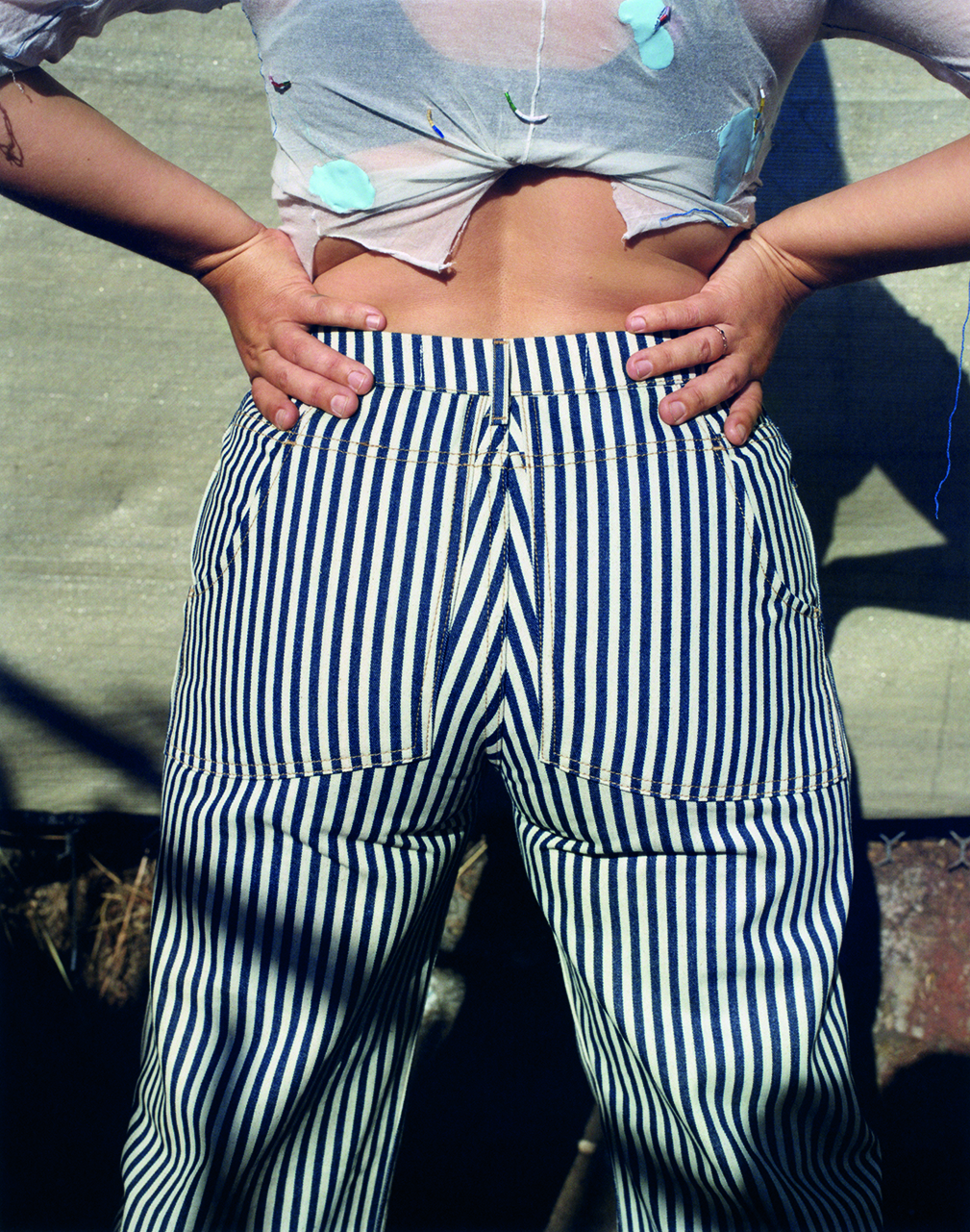The most exciting magazine of the season is not really a magazine at all. It’s an art project that takes the form of a classic September issue, by the progressive bi-coastal brand Eckhaus Latta. As the most recent incarnation of A Magazine Curated By, which allows designers like Alessandro Michele and Proenza Schouler to live out their editing fantasies, the book takes classic Condé Nast tropes and fucks them up a bit. Using familiar categories like “Beauty” and “Interiors,” designers Mike Eckhaus and Zoe Latta opened up the issue to their friends and family. When you’re one of the most authentically collaborative brands around, that includes a cover by Roe Ethridge, a home feature with Susan Cianciolo, a letter to the editor by Tim Blanks, and an advice column by Juliana Huxtable. There are “fake advertisements by real artists” including Alex Da Corte and Ryan Trecartin, and “paparazzi” photos of little-known people in the Eckhaus orbit. The “magazine” is packed with ideas, good ideas! After a lauded spring/summer 18 season and a massively clicky campaign with couples having (real) sex, the magazine is further proof that the brand is not about what Mike Eckhaus terms “one-liners.” Mike shares his thoughts on humour and the process of making things in the following interview.
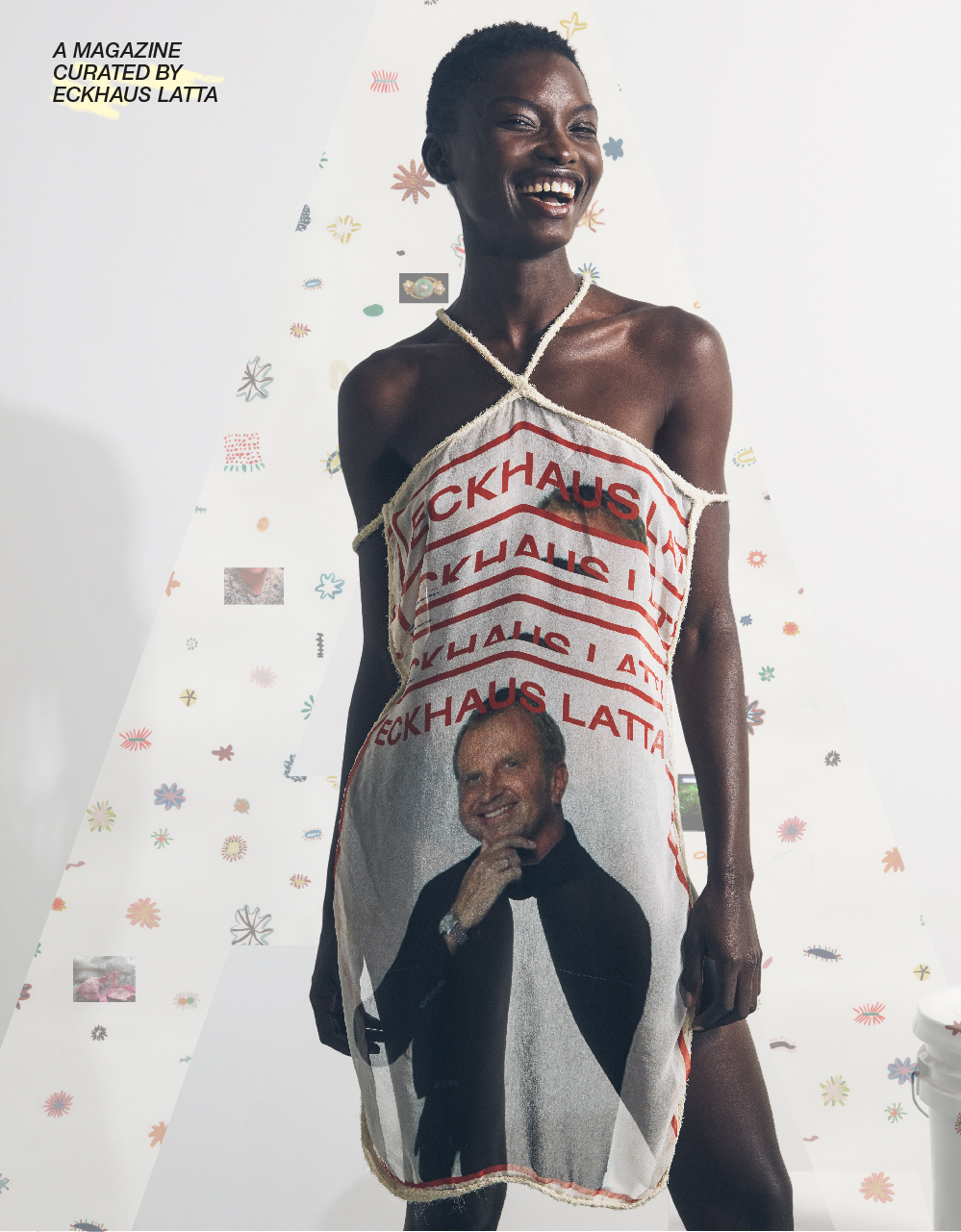
What was your relationship to magazines growing up?
When I got into fashion I was reading things like i-D, actually, and Purple. i-D and Paper were actually the ones that I would get a lot, because the other ones were always really expensive. i-D was affordable. To me, someone who’s 16 or so, and in a Borders in Westchester, or in one of those magazine stores in the city, you’re so overwhelmed, and you’re like, “What am I even entering into?” I’ve never been so much of a Vogue person.
This magazine that you made echoes Vogue ‘s graphic design in a really interesting way, with the red box motif and the serif type. There’s an idea in the fashion industry that you need Vogue ‘s stamp of approval to succeed, but this felt to me like you were giving yourself your own stamp of approval.
We really like to move to the beat of our own drum. We appreciate the reception people have had and acknowledgement of our work from people in the industry, we’re not trying to push against anything. We’re interested in letting Eckhaus Latta unfold into the world it wants to be rather than trying to pigeonhole it or fit into some sort of mold of what we feel like a fashion brand should be. It was nice to have something that was more tongue-in-cheek in how the magazine came together, but also having certain moments that were more in the making of us and our team.There was definitely a thing like, we need cartoons like The New Yorker, and we need personals and crosswords. Just the familiar tropes of different magazines but all under the initial guise of being the September issue.
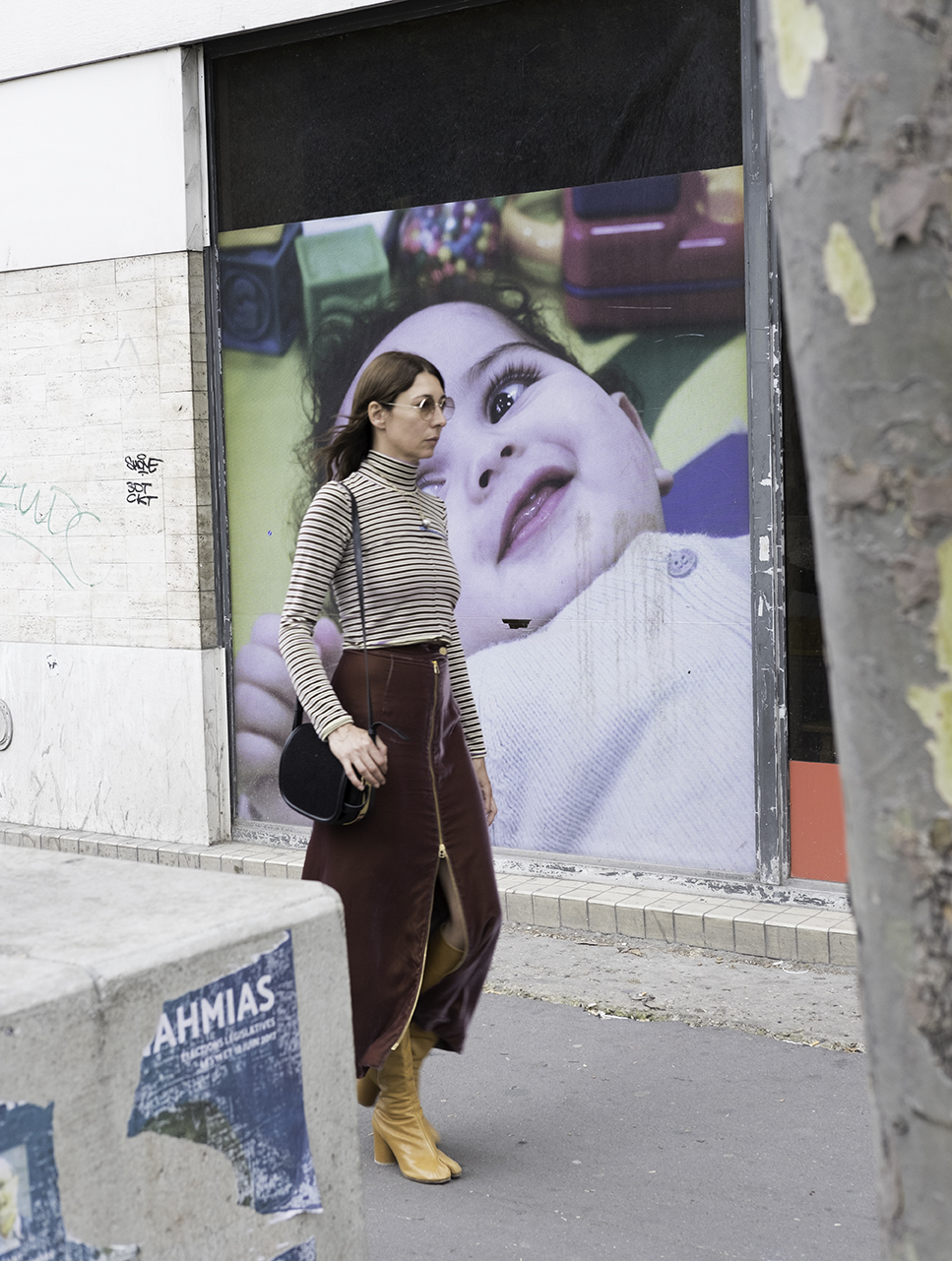
What was it like collaborating with photographers and stylists and writers for this issue?
We’ve collaborated in so many different capacities over the past years that we’ve been doing Eckhaus Latta, but it was very natural, it was fun, and it was very exciting to work with more established people, such as Roe Ethridge, or Zoe Ghertner, or Roberta Smith, or Chris Kraus, people that we really admire their work.
It seems all the contributors to the magazine really understand your humour, which is something that’s tricky in the fashion industry. How can you be playful and incorporate a sense of humor without being silly or laughable?
Zoe and I are very intense editors and critics of our own work and each other’s work, and how it comes together under Eckhaus Latta. We very much try to avoid one-liners, and I think that’s often how humor gets expressed in fashion, or how we think of it getting expressed in fashion. Margiela has a really intense sense of humor, original Margiela at least.
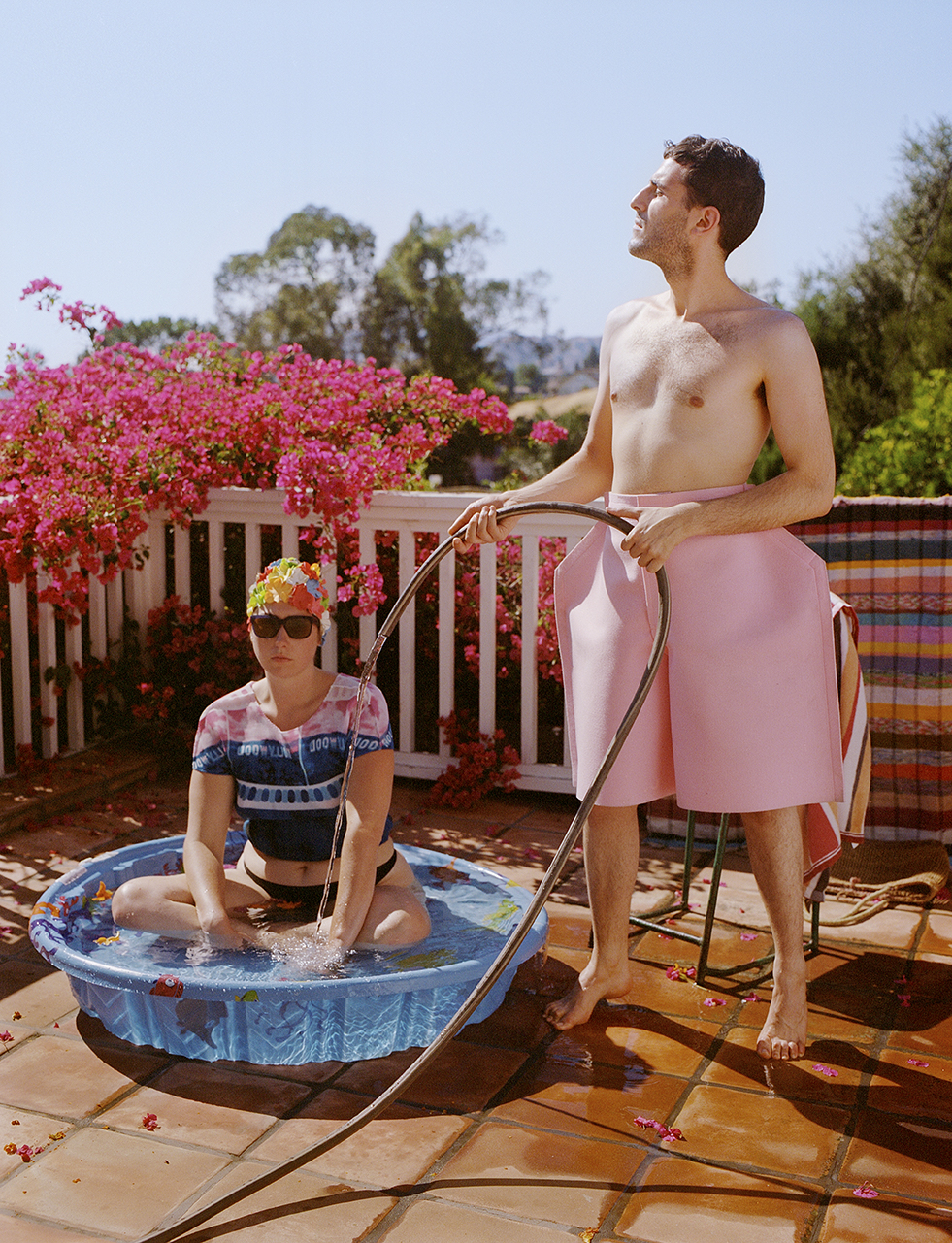
It’s also quite fun to flip through. It feels like there’s a mirror to your work, where there are a lot of references and weirdness, but then people actually want to wear it as well. I’ve heard that your collections sell out — how accurate is that?
It’s pretty accurate. Things are doing well for us right now, things seem to be moving well. We just finished our spring market in Paris, and it was really good to get reception from buyers being like, I need to get your stuff sooner rather than later because it keeps on being sold out. It’s very important for Zoe and I that we’re making product and clothes that people actually want to wear and buy, and it’s really flattering to hear that, but I also try not to go too far down that rabbit hole, because I don’t want it to be too much of a force in how we actually design things.
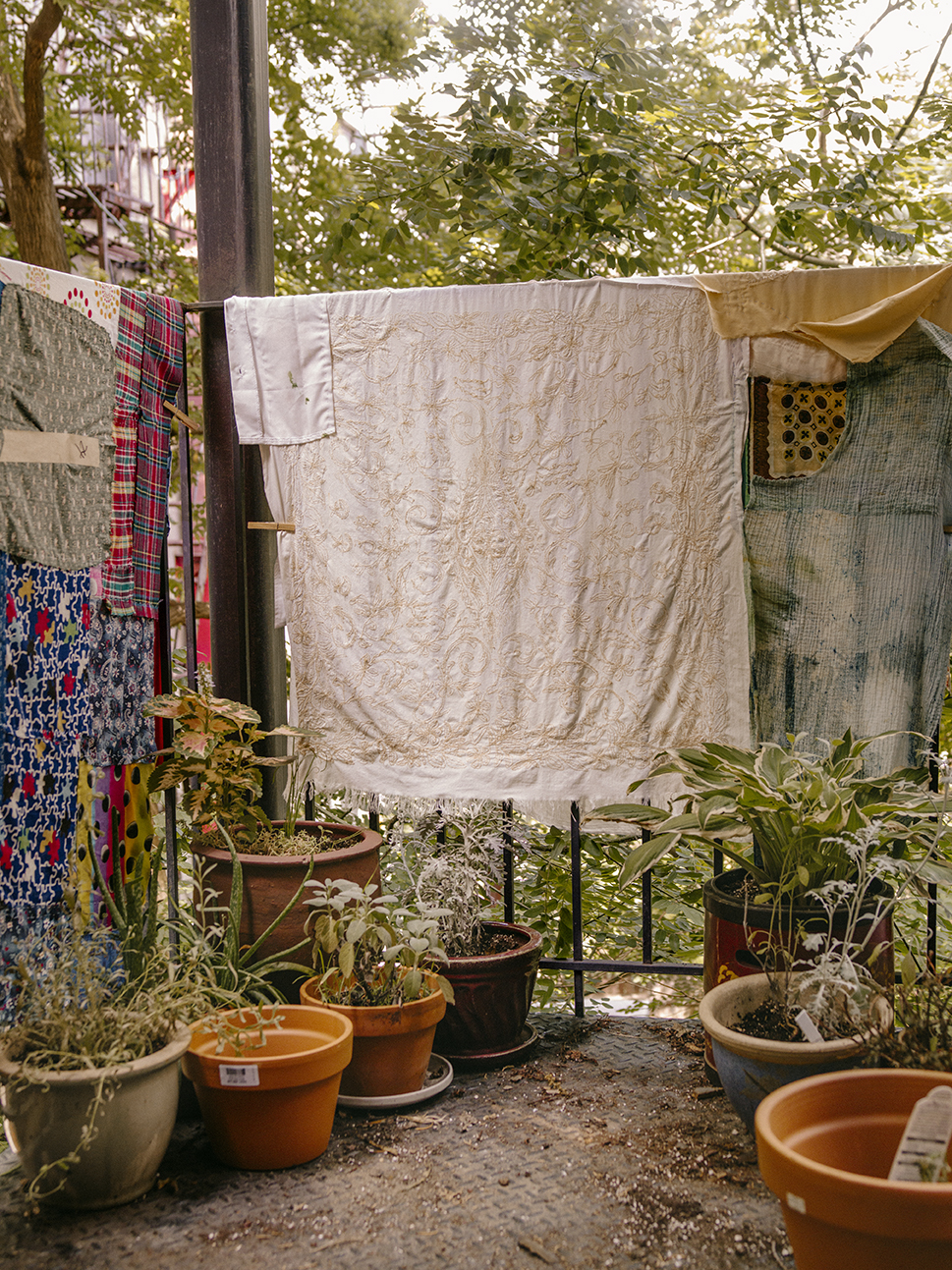
That makes sense. There’s a parallel with magazines and online content too. You have to listen to the reception and it’s cool to have that nonstop focus group but you don’t want that to overly guide what you’re doing.
Exactly, it’s like you wouldn’t want to all of the suddenly go, here’s a really popular skirt that everyone clicks, okay now how do we gear all of our skirts to be like that? So how do you take it in and be more mindful?
Cool. Is there anything in the magazine that you wish people would notice more that no one has mentioned to you?
There’s an amazing story about a fashion shredder, which people should read because I think it’s just important. We’re not like an eco-brand, but we’re mindful of the provenance of where materials come from, and working with some certain deadstock materials, and being very engaged with the facilities that make our clothing. This flipside of a place in New Jersey that shreds luxury goods is important in a larger general conversation of the cycle of clothing in this industry. Otherwise I feel like the artist ads are really fun. I think it’s just fun for someone to carry it around and have an afternoon with it.
